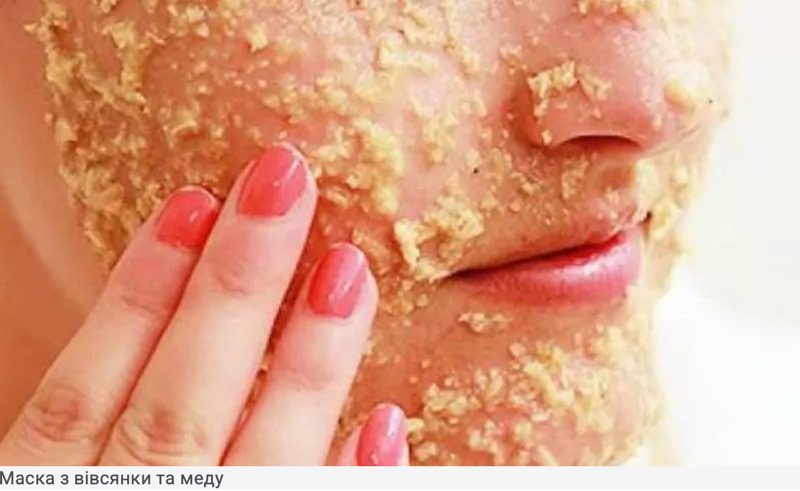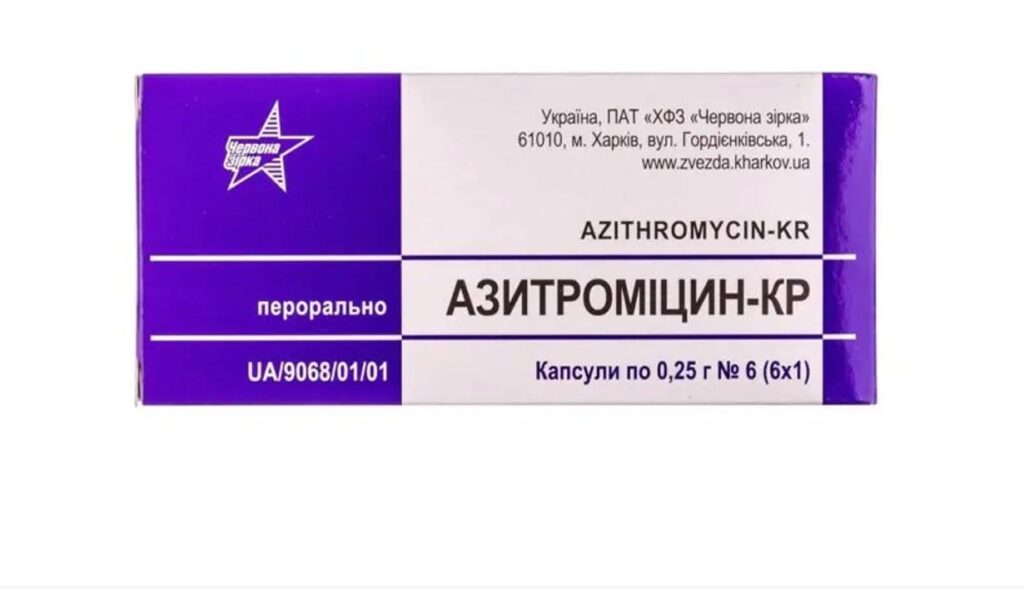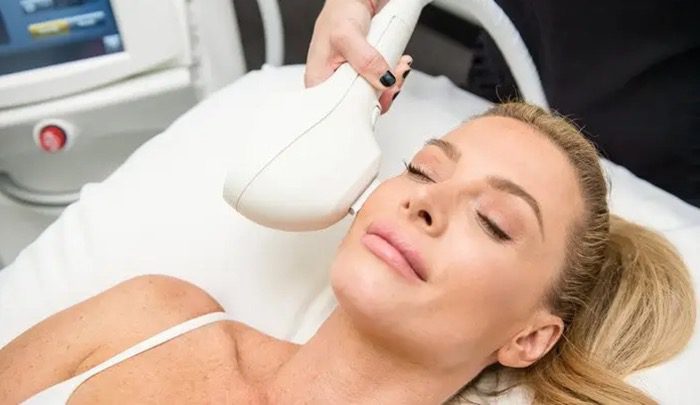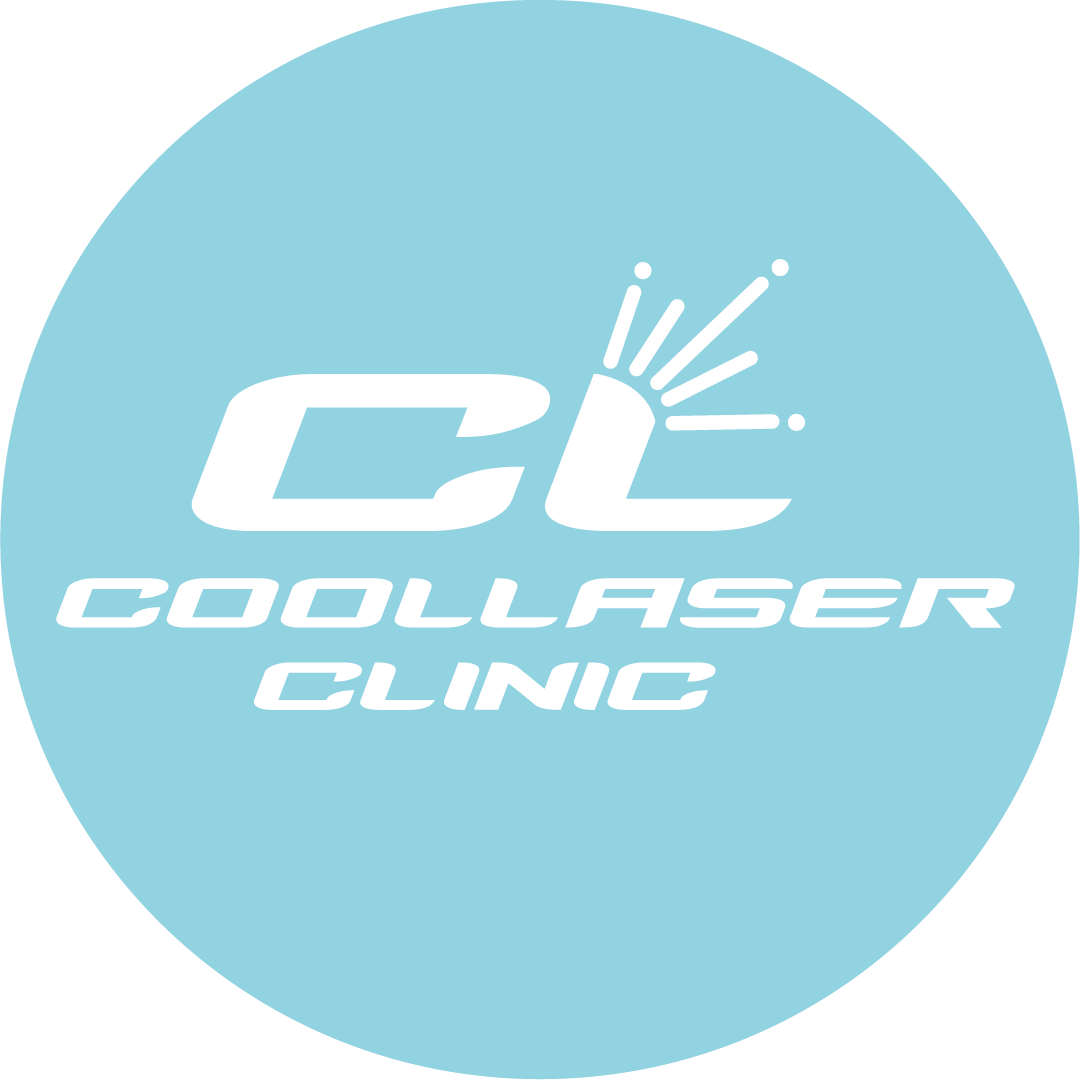Symptoms and ways to treat rosacea in Kiev
Rosacea treatment options are of concern to many who have this common chronic skin condition, which is characterized by the appearance of inflammation, papules and red patches on the face. It can also lead to telangiectasias (dilated capillaries) and facial swelling. It usually occurs in people between the ages of 30 and 50 and can lead to a deterioration in the patient’s quality of life. In this article, we will look at the types, causes, effects of this disease, as well as ways to treat rosacea and prevention.

Symptoms and types of rosacea: sorting out the details
Rosacea symptoms can manifest themselves in many variations and degrees. From classic redness and pulsating blood vessels to rashes and swelling, each case of rosacea is unique. It is important to learn the differences between steroidal rosacea, the erythematous form, and other variants of the condition in order to properly select treatment options.
The Types of Rosacea
There are several types of rosacea, which differ in symptoms and course:
Erythematous-Teleangiectatic Rosacea
This type of rosacea is characterized by the appearance of red spots and dilated capillaries on the face, as well as the appearance of telangiectasias – dilated blood vessels on the surface of the skin.
Papule-pustular rosacea
This type of rosacea manifests as rashes in the form of papules and pustules on the facial skin, and is accompanied by redness and swelling.
Phymatous rosacea
This type of rosacea is characterized by thickening and deformation of tissues, resulting in a change in the shape of the nose, as well as papules and pustules.
Ophthalmic rosacea
This type of rosacea manifests as inflammation of the eyes and periocular tissues, accompanied by swelling and redness of the eyes.
Rosacea treatment protocols
Protocols and treatment options for erythematous rosacea.
Different types of rosacea require individualized treatment approaches. Protocols and treatments for erythematous rosacea include the use of moisturizing creams, special medications, and procedures such as laser treatment. The right protocols can help reduce redness and improve overall skin health.
Rosacea in children: features and treatment
Rosacea, unfortunately, can also occur in children. Symptoms in children may be more severe due to the sensitivity and delicate skin. It is especially important to treat children under a doctor’s supervision to avoid possible complications.
Acne treatment protocols and their similarities to rosacea treatment
Acne and rosacea share some similarities in symptoms and treatment approaches. Acne treatment protocols may include the use of medications, skin cleansing, and the use of specialized cosmetics. Learning about such protocols can help you understand how to treat facial rosacea more effectively.
Laser treatment of rosacea (IPL): methods of treatment
Modern medicine offers innovative treatments, including laser treatments with the Venus Versa IPL machine. Laser treatments can be effective in reducing visible blood vessels, redness and inflammation. It is important to consult with an experienced professional before deciding to undergo laser treatment.

How to prevent rosacea: tips for skin care
Prevention is better than cure, and this is also true for our disease. Following a healthy lifestyle, eating right and taking good care of your skin can help prevent rosacea from developing. Applying sunscreen regularly and avoiding triggers are just a few ways to protect your skin from this nasty problem of red spots on the face.
Remission and maintenance of healthy skin
Remission is a period when the symptoms of the disease temporarily disappear or are significantly reduced. It is important to know that remission is possible with proper skin care, adherence to treatment protocols and avoidance of triggers. Maintaining healthy skin after remission is an important step to maintain the results achieved.Diet and impact on rosacea: what you should know
Your diet can affect your skin condition. Spicy foods, fried foods, alcohol and red foods can stimulate the development of rosacea. On the other hand, including antioxidants, vitamins and minerals in your diet can keep your skin healthy. Proper nutrition is an important aspect of rosacea skin care.
How rosacea and internal factors are related
Rosacea is not only an external manifestation on the skin, but also a reflection of internal factors. Stress, lack of sleep and bad habits can exacerbate symptoms. Keep your emotions balanced, maintain an active lifestyle and pay attention to your health to support your endocrine system.
Demodecosis: a detailed review
Demodecosis is a condition caused by an imbalance of demodex mites on the skin. Demodecosis may be one of the factors contributing to the development of rosacea. A detailed study of the causes, symptoms, and treatments of demodecosis will help to better understand the mechanisms of rosacea development and effective methods of controlling it.
How to cure rosacea at home
Treatment at home can be effective if you follow certain tips. Cleansing your face with mild cleansers, using hypoallergenic cosmetics and following your doctor’s advice can help reduce symptoms. You can also experiment with folk recipes such as oatmeal, honey and aloe vera masks that have beneficial effects on the skin.
Ways to treat rosacea with pharmacy remedies:

- Metronidazole is a popular topical treatment for reducing inflammation and redness of the skin in rosacea.
- Azelaic acid – helps to reduce rashes and redness levels.
- Minoxidil – used for vascular rosacea by reducing the dilation of blood vessels.
- Metrogil is a metronidazole-based gel that reduces inflammation and disinfects the skin.
- Doxycycline – used internally to reduce inflammation and fight bacterial infection.
- Ivermectin is a cream for the treatment of demodecosis associated with rosacea.
- Retinoids – help speed up skin cell renewal and reduce inflammation.
Treatment with folk methods:

- Oatmeal and honey mask – soothes the skin, moisturizes and reduces redness.
- Aloe vera is a natural remedy with anti-inflammatory and moisturizing properties.
- Tea tree is an effective antiseptic and helps reduce inflammation.
- Camphor oil – used to massage the skin and improve circulation.
- Cooling compresses of melissa and chamomile – relieves irritation and redness.
- Flaxseed oil is a rich source of omega-3 fatty acids and promotes skin health.
- Vegetable masks – made from pumpkin, potatoes or cucumber – help relieve redness and reduce irritation.
Both lists provide different approaches to treating rosacea, allowing you to choose the appropriate methods depending on your preferences and needs.The importance of consulting with a dermatologist
During treatment, it is important to seek the help of an experienced dermatologist. The specialist will be able to conduct a detailed examination of your skin, determine the extent of rosacea and choose the best treatment plan. Do not self-medicate, as this can lead to a worsening of the facial skin condition.
Patient support: communication and advice
When faced with rosacea, it is important to know that you are not alone. There are specialized forums, social media groups and communities where you can connect with other patients, share experiences and get support. Connecting with others who have gone through similar struggles can help you feel less alone when dealing with rosacea.
How to maintain treatment results over the long term
Once visible results from rosacea treatment have been achieved, it is important to take steps to maintain them long term. Continue to follow your doctor’s recommendations, use specialized skin care products, and avoid triggers that cause recurrences. Regular visits to your dermatologist will also help monitor your facial skin condition.
Rosacea: Causes
For those who suffer from the disease, the causes of rosacea are very important, but they are not fully understood. Some factors that contribute to the development of the disease are highlighted:
- Genetic predisposition
- Capillary dilation of the facial skin
- Immune system disorder
- Exposure of facial skin to ultraviolet radiation
- Emotional stresses and nervous overloads
- Influence of climatic conditions and temperature variations
- Improper diet and consumption of alcohol and spicy spices

Some studies have also linked the appearance of rosacea to disturbances in the skin microbiome.
The effects of rosacea
Although rosacea is not a dangerous disease, it can significantly affect a patient’s quality of life. Constant redness and rashes on the skin can lead to poor health and emotional stress, as well as social isolation and low self-esteem.
In case of development of phymatous rosacea, deformation and thickening of tissues, appearance of characteristic lumpy surface and appearance of lumpy growths in the area of nose, on cheeks, which can lead to significant cosmetic problems.

What are some of the complex methods and treatments for rosacea
Treatment of red spots on the face is aimed at reducing the symptoms and improving the quality of life of the patient. Below are some methods on how to cure rosacea:
- Use of topical medications such as ointments and creams with antibiotics and anti-inflammatory ingredients
- Use of systemic medications such as antibiotics and immunomodulators
- IPL laser therapy and other methods of physical treatment of the skin
- Avoiding factors that exacerbate rosacea symptoms, such as ultraviolet radiation, spicy condiments, and alcohol
- Lifestyle changes including proper nutrition, healthy sleep and stress management
Effective medications for rosacea
Medications can be effective allies in the fight against rosacea. Creams and gels with antibacterial and anti-inflammatory properties can help reduce symptoms. However, it is important to choose products according to individual needs and doctor’s recommendations.
| Type of drug | Examples of preparations | Form of release | Dosage | Price (UAH) | Time of application |
| Topical preparations | Metronidazole | Cream, gel | 0,75% | 50-80 | 2 times a day for 1-3 months |
| Erythromycin | Cream gel | 1-4% | 70-120 | 2 times a day for 1-3 months | |
| Clindamycin | Cream, gel | 1% | 100-150 | 2 times a day for 1-3 months | |
| Systemic medications | Azithromycin | Pills | 250-500 мг | 50-100 | 1 time a day for 1-3 months |
| Doxycycline | Pills | 100 мг | 20-50 | 1-2 times a day for 1-3 months | |
| Immunomodulators | Pills | Variously | 200-500 | 1-2 times a day for 1-3 months |

Note: Prices are approximate and may vary by region and pharmacy. Dosage and time of use may be adjusted according to the doctor’s recommendations.Note: Prices are approximate and may vary by region and pharmacy. Dosage and time of use may be adjusted according to the doctor’s recommendations.
Rosacea prevention
Since the exact causes of rosacea are not known, preventing the condition can be challenging. However, some guidelines can help reduce the risk of developing rosacea:
- Avoid factors that trigger rosacea, such as ultraviolet radiation and spicy seasonings
- Avoid stressful situations and nervous overloads
- Support the principle of a healthy lifestyle, including proper nutrition and regular physical activity
- Использовать мягкие средства для ухода за кожей лица, не вызывающие ее раздражения
- Avoid hot drinks and foods that cause dilation of blood vessels and capillaries
Make an appointment for a consultation
Frequently Asked Questions (FAQ)
Can rosacea go away on its own?
Rosacea does not usually go away on its own and may require treatment.
Is it possible to cure rosacea completely 100% of the time?
Rosacea is a chronic condition and cannot be completely cured. However, treatment can help reduce symptoms and improve the patient’s quality of life.
How to treat rosacea?
It is critical to follow proper protocols during rosacea treatment. Treatment protocols outline the sequence of actions needed to effectively manage symptoms. There are different protocols for each stage of rosacea. From cleansing to the use of specialized medications. However, keep in mind that rosacea treatment protocols are still under active research.
What are the symptoms of rosacea?
Symptoms of rosacea include the appearance of red spots, dilated capillaries and papules on the face, as well as swelling, burning and numbness of the skin. Some patients may also experience burning and itching of the facial skin. In the case of phymatous rosacea, tissue thickening and deformation may occur, which can lead to changes in the shape of the nose and significant cosmetic problems.
How does rosacea appear on the face?
Rosacea usually manifests on the face and can result in red patches, dilated capillaries and papules on the forehead, nose, cheeks and chin. In the case of phymatous rosacea, tissue thickening and deformity may occur, which can lead to changes in the shape of the nose and significant cosmetic problems.
What causes rosacea?
The causes of rosacea are not fully understood, but it is believed that the condition may be associated with skin microflora disorders, immune system disorders and hormonal changes. It is also known that rosacea can be aggravated by factors such as ultraviolet radiation, wind, cold, spicy condiments and alcohol. Some studies have also linked the appearance of rosacea to genetic factors and metabolic disorders. However, the exact causes of rosacea still remain unknown.
What foods should be avoided for rosacea?
Spicy spices, alcohol and hot drinks, which can cause capillary dilation, should be avoided
Can cosmetics make rosacea symptoms worse?
Yes, some cosmetics can cause skin irritation and worsen rosacea symptoms.
What to do in case of rosacea exacerbation?
In case of an exacerbation of rosacea, a dermatologist should be consulted for treatment. During an exacerbation, factors that can worsen rosacea symptoms, such as ultraviolet radiation, wind, cold and spicy foods, should be avoided.
How to avoid the appearance of rosacea?
In order to avoid the occurrence of the disease, you should avoid factors that can trigger the disease. For example, you should avoid ultraviolet radiation, cold wind and spicy spices in food. It is also important to maintain a healthy lifestyle, do not abuse alcohol and do not smoke.
What are the preventive measures for rosacea?
To prevent rosacea, it is important to avoid factors that can trigger the condition, such as ultraviolet radiation, wind, cold and spicy foods. It is also important to maintain a healthy lifestyle, such as eating a healthy diet, exercising regularly and not smoking. It is also recommended to use creams and ointments containing sunscreen when going outdoors in sunny weather. It is important not to abuse alcohol and avoid spicy and fried foods, which can aggravate the symptoms of rosacea. If the patient already has diagnosed rosacea, it is important to monitor the skin’s reaction to new foods, cosmetic and medical products.

Disease statistics:
- Approximately 14 million people worldwide have been diagnosed with rosacea.
- Treatment of the disease can last from several weeks to several months, depending on the severity of the pathology and the chosen method of treatment.
- About 40% of rosacea patients do not receive adequate treatment, which can lead to worsening symptoms and a poorer quality of life.
- Using a combination of topical and systemic medications can be an effective treatment for rosacea in most patients.
- IPL on the Venus Versa is one of the most effective treatments for rosacea and can help ensure that facial skin is visibly improved after the first treatment.
IPL laser treatment – the way to healthy and beautiful skin
Rosacea facial skin requires constant patience, discipline, and adherence to expert recommendations. A combination of proper treatment protocols, care, and healthy lifestyle habits can help improve facial skin, reduce symptoms, and increase self-confidence.

Calculate the cost of “IPL treatment for Rosacea ”
Leave your details and we will contact you for an accurate treatment estimate.

The Coolaser Clinic has a rosacea treatment available. This procedure is one of our medical center’s most effective methods of combating red spots and can produce noticeable results after the first treatment. The procedure does not require a long recovery period and can be performed in a short period of time. IPL on the Venus Versa IPL machine affects capillaries, which reduces redness and improves skin texture and tone. In addition, IPL on Venus Versa can be used to remove age spots and other facial cosmetic problems. Now you know what are the different ways to treat rosacea and can choose the best one.
sources:sources:
Wikipedia






